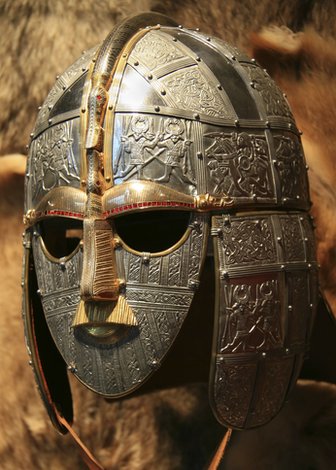

It also allows them to have a larger population size than hunting-and-gathering societies that often reaches several hundred members. Both types of societies often manage to produce a surplus of food from vegetable or animal sources, respectively, and this surplus allows them to trade their extra food with other societies. Horticultural societies, on the other hand, tend to be less nomadic, as they are able to keep growing their crops in the same location for some time. Pastoral societies tend to be at least somewhat nomadic, as they often have to move to find better grazing land for their animals.

Some societies are either primarily horticultural or pastoral, while other societies combine both forms. In pastoral societies, people raise and herd sheep, goats, camels, and other domesticated animals and use them as their major source of food and also, depending on the animal, as a means of transportation. In horticultural societies, people use hoes and other simple hand tools to raise crops. Horticultural and pastoral societies both developed about 10,000–12,000 years ago. Because hunting-and-gathering societies have few possessions, their members are also fairly equal in terms of wealth and power, as virtually no wealth exists. Although men do most of the hunting and women most of the gathering, perhaps reflecting the biological differences between the sexes discussed earlier, women and men in these societies are roughly equal. One of their most important findings is that hunting-and-gathering societies are fairly egalitarian. Because they are nomadic, their societies tend to be quite small, often consisting of only a few dozen people.īeyond this simple summary of the type of life these societies lead, anthropologists have also charted the nature of social relationships in them. To seek their food, hunting-and-gathering peoples often move from place to place. To ensure their mutual survival, everyone is expected to help find food and also to share the food they find. They have few possessions other than some simple hunting-and-gathering equipment. As the name hunting-and-gathering implies, people in these societies both hunt for food and gather plants and other vegetation. Higher education is especially important in these societies for economic success.īeginning about 250,000 years ago, hunting-and-gathering societies are the oldest ones we know of few of them remain today, partly because modern societies have encroached on their existence. These societies feature information technology and service jobs. They are wealthier than agricultural societies and have a greater sense of individualism and a somewhat lower degree of inequality that still remains substantial. Industrial societies feature factories and machines. Compared to horticultural and pastoral societies, they are wealthier and have a higher degree of conflict and of inequality. These societies grow great numbers of crops, thanks to the use of plows, oxen, and other devices. Both types of societies are wealthier than hunting-and-gathering societies, and they also have more inequality and greater conflict than hunting-and-gathering societies. Horticultural societies grow crops with simple tools, while pastoral societies raise livestock. Horticultural and pastoral societies are larger than hunting-and-gathering societies. Because all people in these societies have few possessions, the societies are fairly egalitarian, and the degree of inequality is very low. These are small, simple societies in which people hunt and gather food. Table 5.1 Summary of Societal Development Type of society


 0 kommentar(er)
0 kommentar(er)
